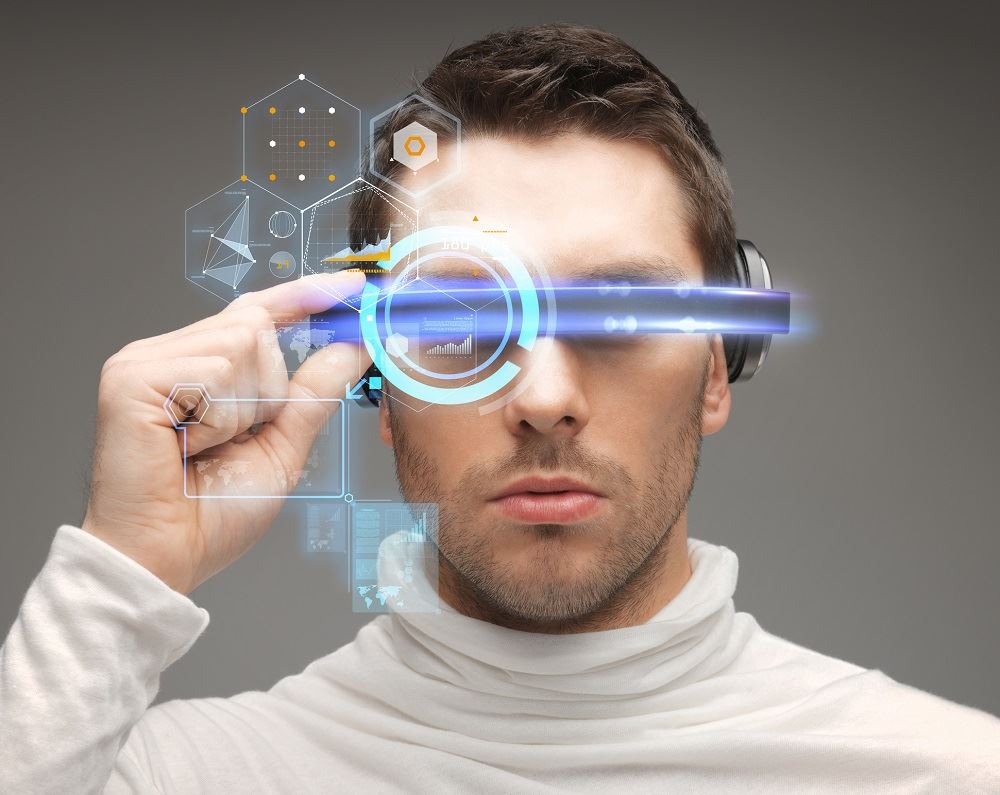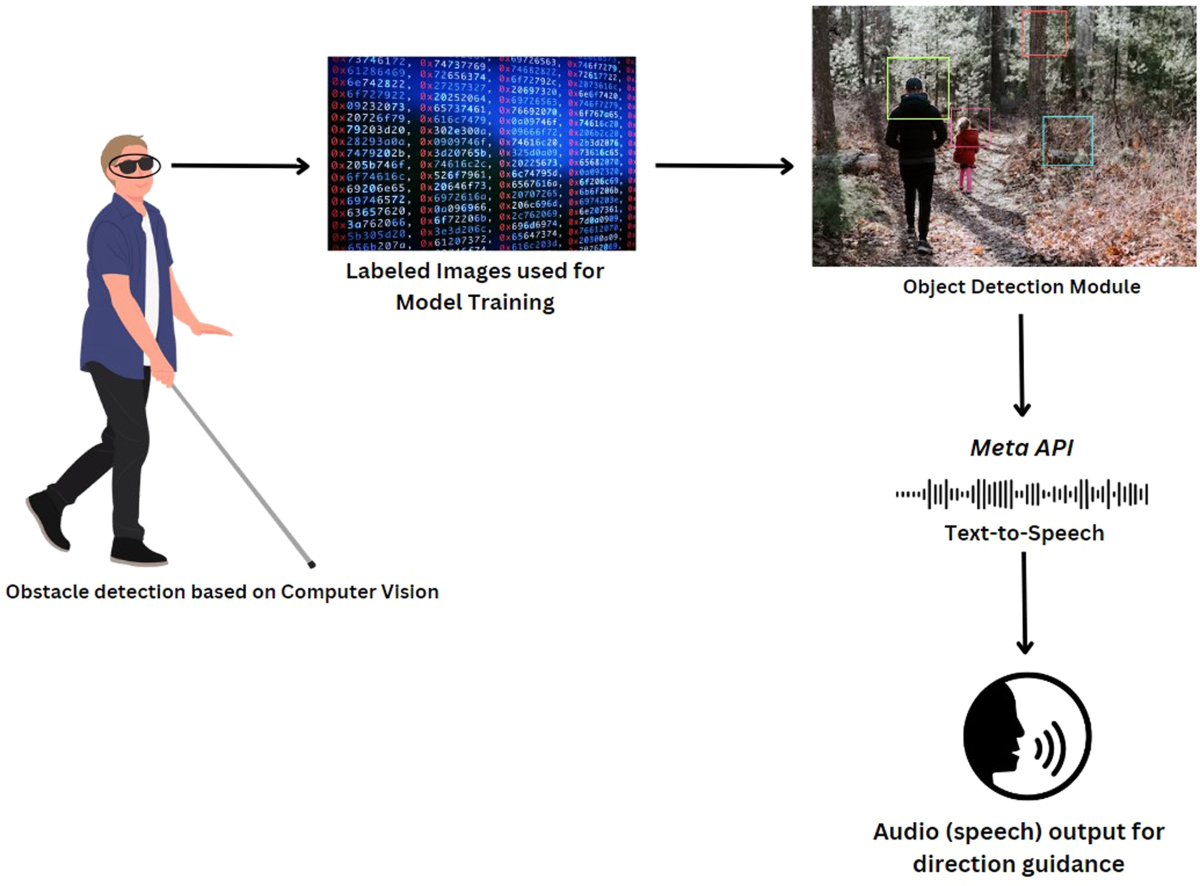Enhancing Ease Of Access Via Assistive Modern Technology for the Blind
The integration of assistive modern technology for the blind represents an essential innovation in ease of access, essentially changing exactly how individuals browse their environments and engage with culture. From display viewers to innovative wise walking canes, these devices not only boost self-reliance yet likewise advertise inclusivity in various rounds of life. As we check out the varied kinds of assistive tools and their concrete effect on daily living, it becomes vital to take a look at how recurring technological developments are reshaping the landscape of assistance for the blind neighborhood. What implications do these growths hold for the future of availability?
Overview of Assistive Modern Technology
Assistive innovation describes a variety of gadgets and software application made to enhance the capabilities of individuals with impairments, consisting of those that are blind or visually impaired. This modern technology plays a vital function in advertising independence and improving the lifestyle for customers. By giving alternative approaches for accessing details and doing everyday jobs, assistive modern technology equips individuals to navigate their settings better.
The growth and application of assistive modern technology embrace a selection of concepts focused on fostering access. These principles include user-centered layout, which prioritizes the requirements and preferences of the person, and the integration of innovation right into day-to-day tasks. Such innovations make sure that assistive devices are not just functional however simple and additionally instinctive to use.
Additionally, assistive technology encompasses a diverse range of services, from low-tech alternatives like magnifiers to sophisticated innovations such as screen readers and Braille display screens. The continuous advancement of this area is driven by the requirement to address the distinct challenges dealt with by people with aesthetic problems (Wearable technology for low vision). As technology remains to breakthrough, the potential for improving availability and promoting inclusivity stays promising, eventually adding to a much more equitable culture

Kinds Of Assistive Gadgets
Many kinds of assistive gadgets are readily available to sustain individuals that are blind or aesthetically impaired, each made to resolve certain needs and challenges. These tools can be generally categorized into three major kinds: low-tech, mid-tech, and sophisticated solutions.
Low-tech tools include things such as magnifiers, Braille labels, and responsive maps. These are reasonably straightforward tools that boost the user's capacity to engage with their setting without requiring intricate modern technology.
Mid-tech gadgets frequently involve more advanced attributes, such as digital magnifiers and portable Braille note-takers. These devices can provide functionalities like speech output, allowing customers to gain access to information much more effectively.

Influence On Daily Living
The availability of different assistive tools dramatically improves the quality of life for individuals that are blind or visually damaged, influencing their daily living in extensive methods. By integrating innovations such as display visitors, Braille displays, and audio summary solutions into their routines, individuals acquire better autonomy and self-reliance. These devices promote access to info, making it possible for people to execute daily tasks, such as checking out emails, browsing public rooms, and delighting in media material.
Moreover, assistive devices encourage people to engage more completely in social interactions and community activities. The capability to make use of smart devices equipped with ease of access features permits smooth communication and link with others. This connectivity cultivates a feeling of belonging and lowers feelings of isolation.
In specialist settings, assistive technology supports efficiency by allowing people to total job tasks efficiently. Tools like voice recognition software and specialized magnification tools make it possible for individuals to take part in the workforce on equivalent ground with their sighted peers.

Advancements in Modern Technology
Recent technical innovations have actually substantially transformed the landscape of tools offered for individuals that are aesthetically damaged or blind. The integration of artificial intelligence (AI) and equipment learning has triggered applications that boost navigating and object recognition. Smart device apps can currently use AI to recognize and describe surroundings in real-time, offering customers with useful contextual details.
In addition, improvements in haptic innovation have actually resulted in the advancement of wise walking canes furnished with sensing units that discover obstacles and provide responsive responses. This equips individuals to browse their environment with increased confidence and freedom. Moreover, developments in text-to-speech software program and braille display screens have actually boosted the availability of digital material, enabling for smooth interaction with different media.
Wearable modern technologies, such as smart glasses, are also making strides in assisting aesthetic impairment. These devices can supply augmented reality experiences, superimposing vital info onto the customer's area of view. Collectively, these improvements not just boost the top quality of life for people that are blind however additionally promote higher incorporation in society. As right here modern technology remains to develop, the potential for a lot more transformative devices remains coming up.
Future Trends and Innovations
As modern technology rapidly proceeds, the future of assistive tools for prescription eyeglasses individuals that are blind holds tremendous assurance. Innovations in expert system (AI) and equipment learning are positioned to change the way blind individuals connect with their settings. For example, AI-driven applications are being created to improve object acknowledgment, permitting customers to determine and navigate their surroundings with higher convenience and precision.
In addition, improvements in haptic responses modern technology are enabling the production of responsive maps and navigating aids that supply real-time information through touch. These technologies not just boost flexibility but also foster freedom. Furthermore, wearable gadgets equipped with increased reality (AR) attributes are emerging, providing customers visual information via sound summaries, thus bridging the gap between the electronic and physical worlds.
Additionally, the assimilation of clever home modern technology provides new opportunities for availability, enabling individuals to regulate their living settings with voice commands or mobile phone applications. As cooperation in between tech developers and the blind neighborhood continues, the concentrate on user-centered style will make certain that future developments are tailored to meet the special needs of this populace (Wearable technology for low vision). The trajectory of assistive modern technology assures an extra empowering and comprehensive future for people that are blind
Final Thought
In verdict, assistive technology plays a critical duty in enhancing availability for people with aesthetic disabilities. Continuous advancements in modern technology and user-centered layout ensure that these tools provide effectively to the one-of-a-kind demands of the blind neighborhood.
The combination of assistive innovation for the blind read the article stands for a critical innovation in ease of access, essentially changing how individuals navigate their atmospheres and engage with society.Assistive innovation refers to an array of tools and software program made to boost the abilities of individuals with disabilities, consisting of those who are blind or aesthetically impaired. Wearable technology for low vision.As innovation rapidly progresses, the future of assistive devices for individuals who are blind holds enormous promise. The trajectory of assistive innovation assures an extra empowering and inclusive future for individuals who are blind
In conclusion, assistive technology plays a crucial duty in boosting ease of access for individuals with aesthetic impairments.